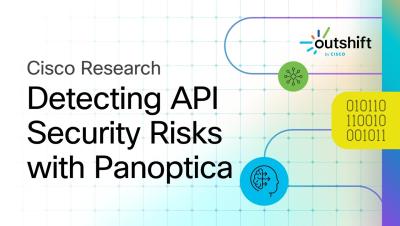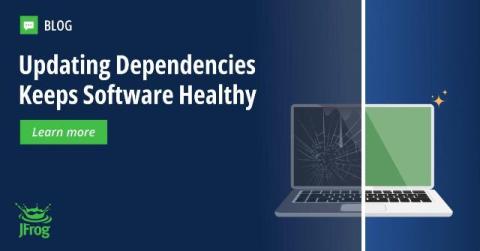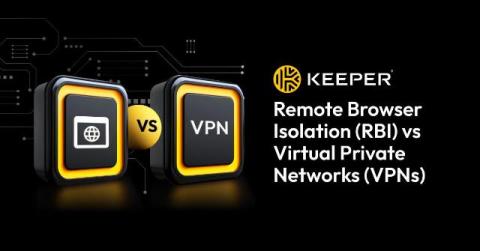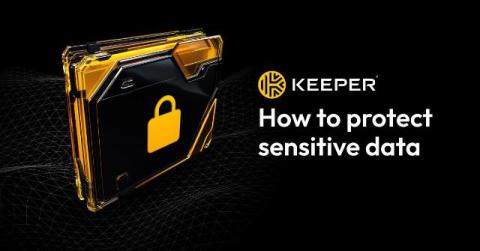An Inside Look at Detecting API Security Risks with Panoptica
API attacks are predicted to become the most frequent attack vector for cloud ecosystems. How can organizations address API security risks? In this video, Tim Szigeti, Distinguished Technical Marketing Engineer at Outshift by Cisco, shares a quick demo of Panoptica’s API security dashboard. See how you can use the Panoptica CNAPP to get the full picture of your overall security posture, including internal, external, and third-party APIs, evaluate findings, and take next steps to secure your cloud.











